Are you considering shipping from Shenzhen to Australia but feeling overwhelmed by the complexities involved?
In this comprehensive guide, we will navigate the intricate shipping landscape, exploring various shipping methods, costs, and the pivotal customs clearance process. You’ll gain insights into effective strategies for minimizing expenses and how to select a reliable freight forwarder. Join us as we uncover everything you need to know to ensure a smooth and efficient shipping experience from Shenzhen to Australia!
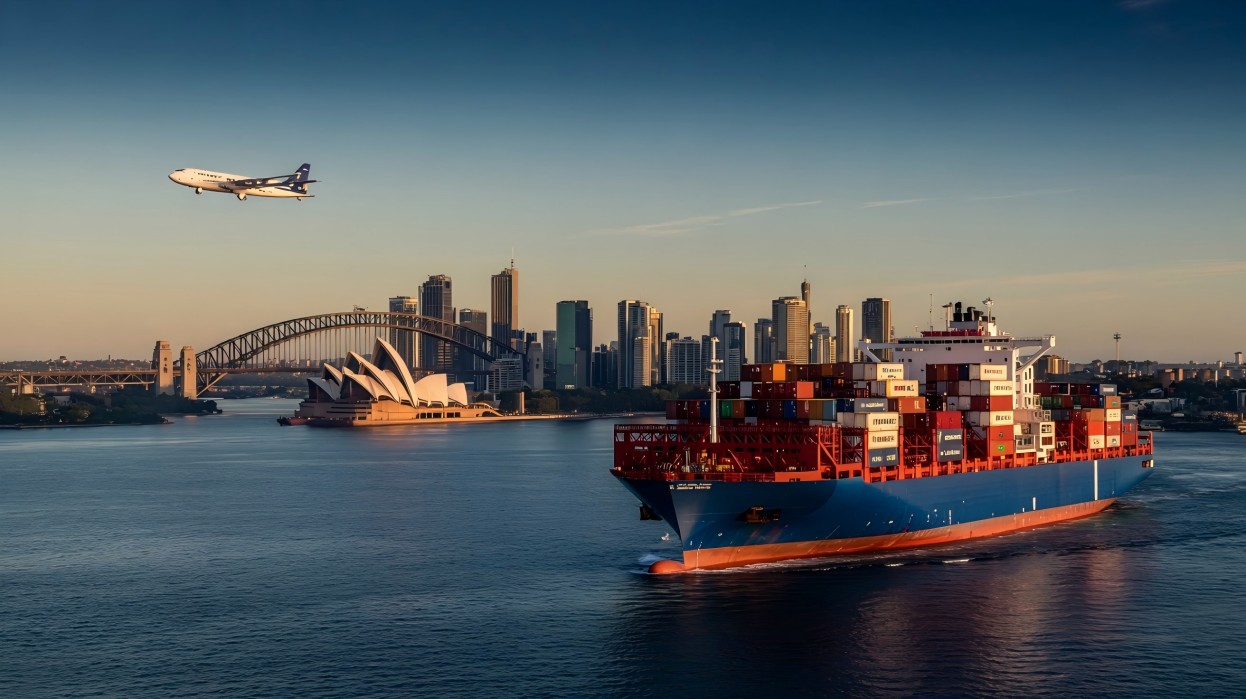
Understanding the Shipping Landscape from Shenzhen to Australia
When it comes to importing goods from Shenzhen, a bustling hub of manufacturing in China, to Australia, understanding the shipping landscape becomes essential. Shenzhen is renowned for its vast array of factories and suppliers, making it a prime source for a wide variety of products, from electronics to textiles. Importers can benefit significantly from this trade relationship, but it is crucial to navigate the complexities of international logistics.
Australia, being a developed country with stringent import regulations, requires a comprehensive understanding of the shipping process. Importers need to ensure compliance with Australian Customs regulations while also considering factors such as shipping costs, delivery timelines, and the methods available for transporting goods. By leveraging the right logistics solutions, businesses can streamline their operations and reduce overheads effectively.
Shipping Methods from Shenzhen to Australia
When shipping goods from Shenzhen to Australia, two primary methods are available: Sea Freight and Air Freight. Each method has its distinct advantages and considerations, making it crucial for importers to weigh their options carefully.
Sea Freight from Shenzhen to Australia
Sea Freight is often the most cost-effective method for transporting large volumes of goods. Shipping containers can be transported via ocean freight services, and there are typically two options:
- Full Container Load (FCL): This option is ideal for importers who have enough goods to fill an entire container. It offers cost savings per unit and reduces handling time. See more on fcl autoparts shipping for specific cases.
- Less than Container Load (LCL): For smaller shipments, LCL allows shippers to share container space, which can be a more economical choice for businesses not importing enough goods to fill a full container.
Transit times via sea freight generally range from 14 to 30 days, depending on the shipping route and schedule. In addition, the port of destination in Australia plays a pivotal role in determining the total delivery time.
Air Freight from Shenzhen to Australia
Air Freight is the fastest method for shipping goods and is ideal for time-sensitive shipments. Although generally more expensive than sea freight, air freight reduces transit times to approximately 3 to 7 days. This method is particularly beneficial for high-value or perishable items that require quick delivery. For more information, check air freight from china to australia.
Air freight services also provide flexibility regarding shipment volume, as importers can ship small packages or bulk shipments without needing to wait for a full container.
Comparison of Shipping Options
The table below summarizes the key differences between Sea Freight and Air Freight for shipments from Shenzhen to Australia:
| Shipping Method | Cost (Estimated) | Transit Time | Best For |
|---|---|---|---|
| Sea Freight (FCL) | $1,000 – $3,000 (depending on container size) | 14 – 30 days | Bulk shipments, cost-sensitive goods |
| Sea Freight (LCL) | $300 – $1,500 (based on volume) | 14 – 30 days | Smaller shipments, cost-effective |
| Air Freight | $5 – $10 per kg | 3 – 7 days | High-value, urgent shipments |
In conclusion, the choice between sea freight and air freight from Shenzhen to Australia largely depends on budget, urgency, and shipment size. Importers should evaluate their specific needs and consult with a knowledgeable freight forwarder, such as Dantful International Logistics, to make the most informed decision for their shipping strategy. Dantful offers a comprehensive range of services, including customs clearance, warehouse solutions, and insurance, ensuring a seamless shipping experience to meet all business requirements.
Shipping Costs from Shenzhen to Australia
2025 Sea Freight Cost Analysis (FCL/LCL)
As we look ahead to 2025, understanding the sea freight costs from Shenzhen to Australia is essential for businesses planning to import goods. The costs can vary significantly based on whether you opt for Full Container Load (FCL) or Less than Container Load (LCL) shipping.
| Shipping Method | Estimated Cost (USD) | Transit Time | Container Size |
|---|---|---|---|
| FCL (20ft) | $1,200 – $1,600 | 20 – 30 days | 20ft container |
| FCL (40ft) | $2,000 – $3,000 | 20 – 30 days | 40ft container |
| LCL (per cubic meter) | $100 – $300 | 25 – 35 days | Varies |
Source: Dantful International Logistics Market Research
Breakdown of Air Freight Costs
When considering air freight, businesses should account for several cost components. The base air freight rate generally starts at around $5.00 to $10.00 per kilogram depending on the weight of the shipment and the urgency required. Here is a brief breakdown of typical air freight costs:
| Cost Component | Estimated Cost (USD) |
|---|---|
| Base Rate (per kg) | $5.00 – $10.00 |
| Fuel Surcharge | 5% – 10% of base rate |
| Security Fee | $0.15 – $0.30 per kg |
| Terminal Handling Charges | $50.00 – $100.00 per shipment |
| Customs Clearance | $50.00 – $150.00 per shipment |
Source: Dantful International Logistics Rate Sheet
Hidden Fees and Additional Charges
When shipping from Shenzhen to Australia, it’s crucial to be aware of potential hidden fees. Common additional charges include:
- Demurrage Charges: Fees incurred for containers that are not picked up within the free period.
- Storage Fees: Fees for storing goods at the port or warehouse beyond the agreed period.
- Customs Duties and Taxes: Based on the value of goods imported into Australia.
- Insurance Costs: To cover loss or damage during transit.
Understanding these fees can help avoid unexpected expenses.
Strategies to Minimize Shipping Costs
To optimize shipping expenses, consider the following strategies:
- Consolidation: Combining smaller shipments into one larger shipment can significantly reduce costs. More about this can be found in our guide on consolidated freight shipping.
- Negotiate Rates: Work with your freight forwarder, like Dantful International Logistics, to negotiate better rates based on shipping volume.
- Choose the Right Shipping Method: Evaluate the urgency of your shipment and choose between sea and air freight accordingly. Sea freight is generally more cost-effective for larger, non-urgent shipments.
- Plan Ahead: Book your shipments in advance to take advantage of lower rates and avoid peak season surcharges.
Read More:
- Shipping From China to Australia
- Shipping From China to New Zealand
- Shipping From China to Papua New Guinea
- Shipping From China to Fiji
- Shipping From China to Solomon Islands
- Shipping From China to Vanuatu
Shipping Times from Shenzhen to Australia
Typical Transit Times for Sea Freight
The average transit time for sea freight from Shenzhen to Australia typically ranges between 20 to 30 days. Factors that may influence the duration include the specific port of arrival in Australia, the shipping line, and seasonal maritime conditions. Here’s a general overview:
| Port of Arrival | Typical Transit Time |
|---|---|
| Sydney | 25 – 30 days |
| Melbourne | 25 – 30 days |
| Brisbane | 20 – 28 days |
| Perth | 30 – 35 days |
Source: Dantful International Logistics Operational Data
Typical Transit Times for Air Freight
For air freight, the transit time is significantly shorter, usually between 5 to 10 days, depending on the chosen airline and direct route availability. Here’s a breakdown of typical air freight transit times:
| Destination City | Typical Transit Time |
|---|---|
| Sydney | 5 – 7 days |
| Melbourne | 6 – 8 days |
| Brisbane | 5 – 9 days |
| Perth | 7 – 10 days |
Source: Dantful International Logistics Transit Times
Factors Affecting Shipping Duration
Several factors can affect the duration of shipments from Shenzhen to Australia:
- Weather Conditions: Adverse weather can delay shipments, especially in maritime transport.
- Customs Clearance: The efficiency of customs processes at both the origin and destination can impact delivery times.
- Port Congestion: Busy ports can lead to delays in loading and unloading containers.
- Shipping Line Schedules: The frequency and reliability of the shipping line can affect overall transit times.
By understanding these factors, importers can better plan their logistics and expectations for shipment arrivals.
In conclusion, whether you are shipping FCL or LCL by sea or opting for air freight, knowing the costs, transit times, and potential delays can help streamline your logistics process. Dantful International Logistics is here to provide a hassle-free shipping experience with our comprehensive services, ensuring your goods arrive safely and on time.
Customs Clearance Process for Shipping to Australia
Understanding Australian Customs Regulations
When importing goods into Australia, it is crucial to adhere to the Australian Customs Regulations to ensure a smooth clearance process. The Australian Border Force (ABF) is responsible for managing customs policies and enforcing customs laws. Importers must be aware of several key regulations:
Import Permits: Certain goods may require import permits depending on their nature. For example, food products, pharmaceuticals, and specific chemicals have stringent regulations.
Duties and Taxes: Goods imported into Australia are subject to Goods and Services Tax (GST) and possibly additional tariffs. The GST is currently set at 10% of the value of the goods, and the applicable customs duty rate will depend on the item’s classification under the Customs Tariff Act 1995.
Compliance with Standards: Imported goods must comply with Australian safety standards, labeling requirements, and other regulations set forth by Standards Australia and other regulatory bodies.
Prohibited Imports: Certain items are outright banned from importation, including specific types of weapons, illegal drugs, and products that pose a risk to public health or safety.
Documentation Required for Smooth Customs Clearance
Proper documentation is essential to facilitate the customs clearance process and avoid unnecessary delays. Here are the critical documents needed when shipping from Shenzhen to Australia:
Commercial Invoice: This document includes details such as the seller and buyer information, a description of the goods, their value, and terms of sale.
Packing List: A detailed packing list outlines the contents of each package, including weights and dimensions, which is necessary for customs inspection.
Bill of Lading (B/L): Whether by sea or air, a Bill of Lading serves as a contract between the shipper and the carrier, detailing the transportation of goods.
Import Declaration: This must be lodged with the ABF and includes details of the imported goods, the applicable duties, and taxes.
Certificates of Origin: In certain situations, certificates may be required to prove the origin of the goods, which can influence duty rates.
By ensuring that all required documents are complete and accurate, importers can significantly reduce the risk of delays during customs clearance.
Choosing a Reliable Freight Forwarder for Your Shipment
Criteria for Choosing the Right Freight Forwarder
Selecting the right freight forwarder is a critical step in ensuring your shipping process is efficient and cost-effective. Here are key criteria to consider:
Experience and Specialization: Look for a freight forwarder with a proven track record in handling shipments from China to Australia. Specialized knowledge of this route can provide invaluable insights into the shipping process.
Reputation and Reviews: Research online reviews and testimonials to gauge the reliability and professionalism of the freight forwarder. A reputable company like Dantful International Logistics can provide trustworthy services backed by positive client feedback.
Comprehensive Services: Opt for a freight forwarder that offers a wide range of services, including ocean freight, air freight, customs clearance, and door-to-door delivery. This ensures a cohesive experience from start to finish.
Transparent Pricing: A good freight forwarder should provide clear and upfront pricing, detailing all costs involved. This helps avoid hidden fees and unexpected expenses.
Customer Support: Robust customer support is essential. A responsive freight forwarder will assist you with any queries and provide timely updates throughout the shipping process.
Benefits of Working with an Experienced Logistics Partner
Partnering with an experienced logistics provider like Dantful International Logistics offers numerous advantages:
Expertise: With extensive knowledge of international shipping, an experienced logistics partner can navigate complex customs regulations and ensure compliance.
Efficiency: Efficient logistics processes can result in faster transit times and reduced shipping delays, ensuring your goods arrive on time.
Cost Savings: Established relationships with shipping carriers allow logistics providers to negotiate better rates, leading to potential cost savings for your business.
Risk Management: An experienced freight forwarder is adept at identifying and mitigating risks associated with shipping, including potential delays, damages, or regulatory issues.
Peace of Mind: Knowing that your shipment is handled by professionals enables you to focus on core business operations, reducing stress and enhancing productivity.
Tracking Your Shipment from Shenzhen to Australia
Effective Methods for Cargo Monitoring
Monitoring your shipment effectively is vital for ensuring safe and timely delivery. Here are some effective methods for cargo tracking when shipping from Shenzhen to Australia:
Online Tracking Systems: Most freight forwarders provide online tracking systems where you can input your shipment number to get real-time updates on your cargo status.
Mobile Applications: Many logistics companies offer mobile apps that allow you to track your shipment on the go, providing notifications on changes in status or delays.
Email Updates: Regular email updates from your freight forwarder can provide essential information about your shipment’s location, estimated delivery time, and any potential issues.
Tools and Technologies for Real-Time Tracking
The use of modern technology in logistics has transformed shipment tracking. Here are some tools and technologies commonly used:
RFID Tags: Radio Frequency Identification (RFID) provides accurate tracking capabilities by automatically logging the location of your cargo at various points in the shipping process.
GPS Tracking: Global Positioning System (GPS) technology offers real-time location data for shipments, ensuring visibility throughout the transit.
Blockchain Technology: Emerging technologies like blockchain are being adopted in logistics to provide secure, transparent tracking of shipment data, enhancing trust and authenticity.
IoT Devices: Internet of Things (IoT) devices can monitor the condition of goods (e.g., temperature, humidity) during transit, providing alerts if any parameters fall outside acceptable ranges.
By leveraging these tools and technologies, businesses can maintain effective oversight of their shipments, ensuring compliance and timely delivery when importing goods from Shenzhen to Australia.

Young Chiu is a seasoned logistics expert with over 15 years of experience in international freight forwarding and supply chain management. As CEO of Dantful International Logistics, Young is dedicated to providing valuable insights and practical advice to businesses navigating the complexities of global shipping.

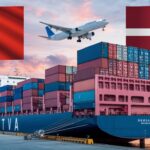
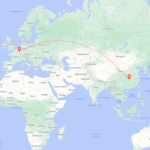


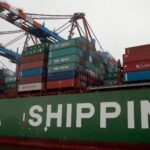


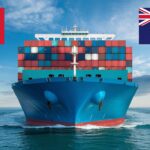
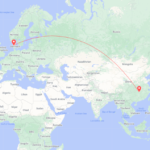

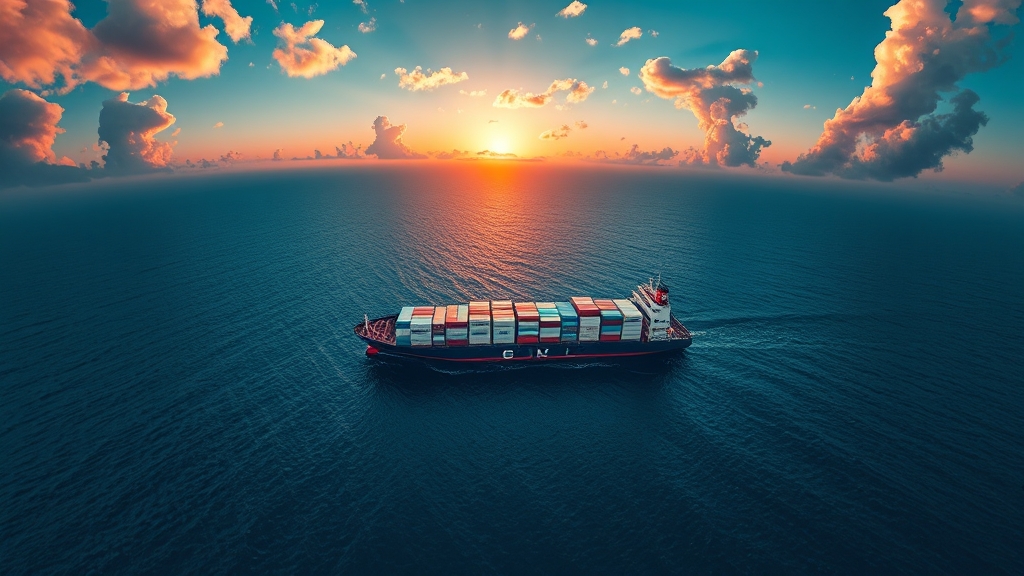

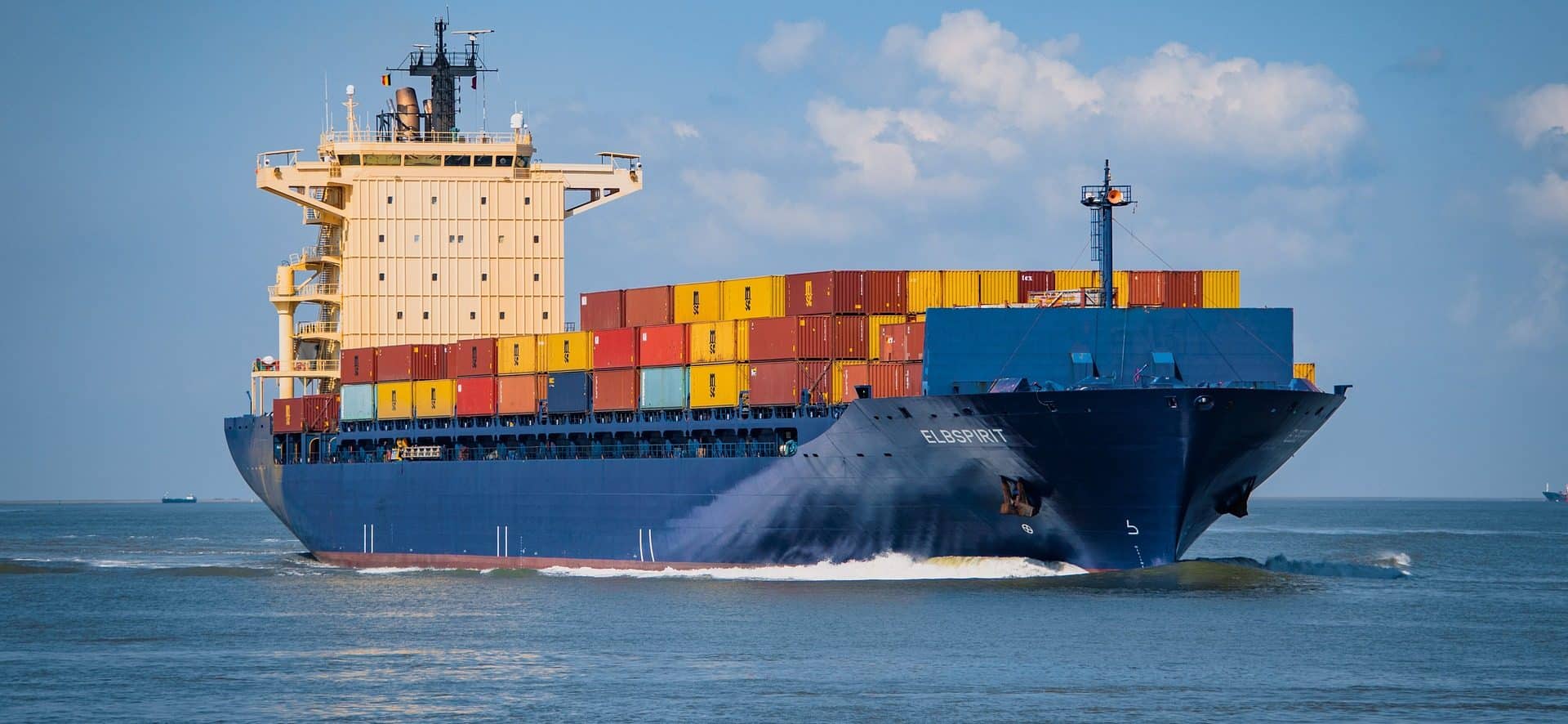

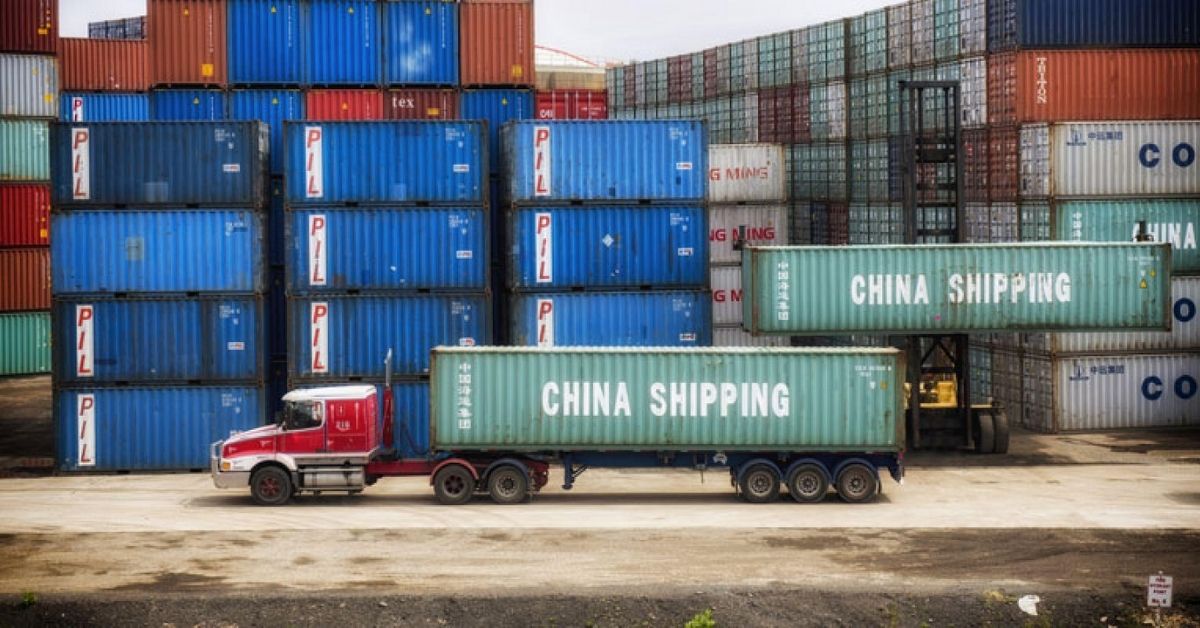
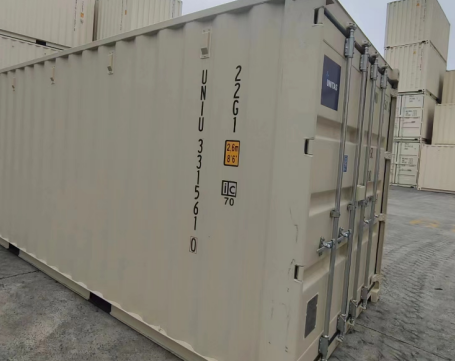

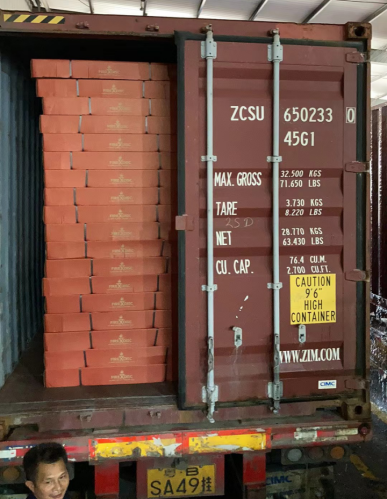

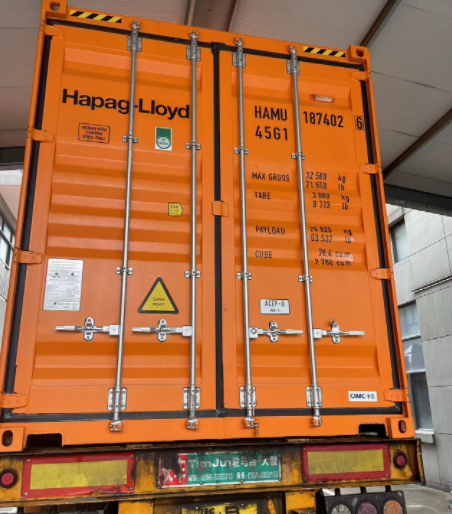
 Afrikaans
Afrikaans Shqip
Shqip አማርኛ
አማርኛ العربية
العربية Հայերեն
Հայերեն Azərbaycan dili
Azərbaycan dili Euskara
Euskara Беларуская мова
Беларуская мова বাংলা
বাংলা Bosanski
Bosanski Български
Български Català
Català Cebuano
Cebuano Chichewa
Chichewa 简体中文
简体中文 繁體中文
繁體中文 Corsu
Corsu Hrvatski
Hrvatski Čeština
Čeština Dansk
Dansk Nederlands
Nederlands English
English Esperanto
Esperanto Eesti
Eesti Filipino
Filipino Suomi
Suomi Français
Français Galego
Galego ქართული
ქართული Deutsch
Deutsch Ελληνικά
Ελληνικά Kreyol ayisyen
Kreyol ayisyen Harshen Hausa
Harshen Hausa Ōlelo Hawaiʻi
Ōlelo Hawaiʻi עִבְרִית
עִבְרִית हिन्दी
हिन्दी Hmong
Hmong Magyar
Magyar Íslenska
Íslenska Igbo
Igbo Bahasa Indonesia
Bahasa Indonesia Gaeilge
Gaeilge Italiano
Italiano 日本語
日本語 Basa Jawa
Basa Jawa ಕನ್ನಡ
ಕನ್ನಡ Қазақ тілі
Қазақ тілі ភាសាខ្មែរ
ភាសាខ្មែរ 한국어
한국어 كوردی
كوردی Кыргызча
Кыргызча ພາສາລາວ
ພາສາລາວ Latin
Latin Latviešu valoda
Latviešu valoda Lietuvių kalba
Lietuvių kalba Lëtzebuergesch
Lëtzebuergesch Македонски јазик
Македонски јазик Malagasy
Malagasy Bahasa Melayu
Bahasa Melayu മലയാളം
മലയാളം Maltese
Maltese Te Reo Māori
Te Reo Māori मराठी
मराठी Монгол
Монгол ဗမာစာ
ဗမာစာ नेपाली
नेपाली Norsk bokmål
Norsk bokmål پښتو
پښتو فارسی
فارسی Polski
Polski Português
Português ਪੰਜਾਬੀ
ਪੰਜਾਬੀ Română
Română Русский
Русский Samoan
Samoan Gàidhlig
Gàidhlig Српски језик
Српски језик Sesotho
Sesotho Shona
Shona سنڌي
سنڌي සිංහල
සිංහල Slovenčina
Slovenčina Slovenščina
Slovenščina Afsoomaali
Afsoomaali Español
Español Basa Sunda
Basa Sunda Kiswahili
Kiswahili Svenska
Svenska Тоҷикӣ
Тоҷикӣ தமிழ்
தமிழ் తెలుగు
తెలుగు ไทย
ไทย Türkçe
Türkçe Українська
Українська اردو
اردو O‘zbekcha
O‘zbekcha Tiếng Việt
Tiếng Việt Cymraeg
Cymraeg יידיש
יידיש Yorùbá
Yorùbá Zulu
Zulu